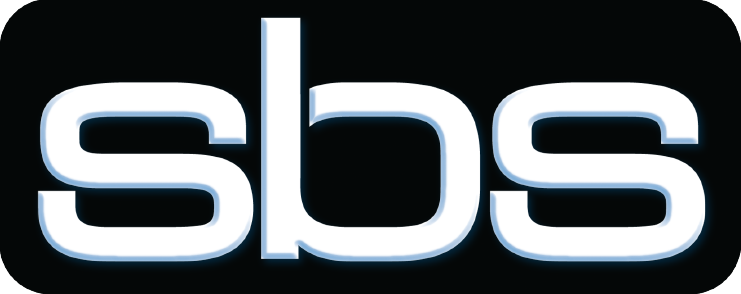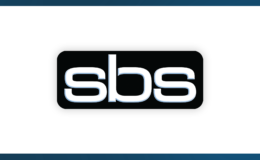Leading utility anticipates doubling its electric distribution design projects with Spatial Business Systems’ Automated Utility Design™ (AUD).
Around 2019, a primary electricity provider in Canada started to realize that their workflow and output in designing and implementing over 20,000 new electric distribution projects each year was not proceeding as smoothly and efficiently as it should have been. The perceived culprit— the utility’s third-party design software.
Challenges with previous software: inflexibility and manual operations
The existing graphic work design tool, in place for over 16 years, was causing challenges for the utility’s team of distribution engineering technicians, designers, and estimators located around the province. The lack of flexibility in updating the software to new engineering standards was a significant hurdle, requiring them to contact the manufacturer to alter the base code. With subsequent testing, it could take a year or more to make even a simple change.
Another issue was that the old tool was entirely manual, with no automated validation or standard checks, leaving too many details to be added by the project’s designer. Manual intervention was also necessary to rectify product discrepancies or mismatches; variations in the color or type of symbols on the plans posed difficulties for the field teams; the cost of setting up two comparable buildings could vary significantly, based solely on the discretionary decisions of the assigned designer.
With an 18-month designer training period, the utility faced another significant hurdle. Employing over 400 designers on staff and experiencing an annual turnover ranging from 5% to 10%, each new designer requires a 15-month investment in training hours.
New AUD Intelligent Design Solution: like “night and day”
An RFP (Request for Proposal) for a new solution led to the selection of Automated Utility Design™ (AUD) by Spatial Business Systems (SBS).
Presented as an Intelligent Design Solution, AUD pointed to a dramatic improvement in configurability and ease of use. Changes could be implemented in-house quickly, with added rules and validations. The familiar AutoCAD platform facilitated a smoother transition for designers. The support from SBS during the process was notably impressive, accommodating late-breaking changes and unique requests.
“AUD is definitely exceeding expectations,” remarked one of the executive leads assigned to the project. In the past, updating the software was a challenging task, only feasible on occasion; now, enhancements are straightforward and frequent, often incorporating ideas from the design team, leading to enthusiasm about these developments.
“AUD is definitely exceeding expectations”
The rapid adoption of AUD is partly due to its foundation on the well-known AutoCAD platform, contrasting with the proprietary nature of the previous software. This familiarity with AutoCAD’s interface allows even new designers, including recent graduates, to quickly adapt and become proficient, a significant improvement over the older software.
Of course, the objective measure of the success of any project lies in its operating metrics. For this utility, the key metric was the number of designs input and approved for installation, proceeding through the workflow. After implementation, the client reported that the number of designs produced exceeded their most optimistic projections.
User adaptation was swift despite initial hesitation, and productivity levels matched and exceeded previous benchmarks. The team is optimistic about doubling their output for routine, less complex tasks, viewing this goal as a conservative estimate.
Successful implementation, and looking forward
Despite the challenges of integrating half a dozen software systems, the transition to the new solution was smoother than expected, thanks to thorough preparation.
The critical transition for all software systems occurred over a long holiday weekend in May 2023. This period was tense for the team as they meticulously monitored the sequence of software activations. The transition went well despite initial concerns, thanks to the careful planning and testing conducted beforehand.
With AUD now fully operational, the team sees tangible benefits for their organization and its customers. Thanks to the user-friendly CAD-based interface, the utility reduced its training period from 18 months to 3 months, saving 2,400 billable hours per designer. Their experience with various software tools over the years underscores the exceptional quality of AUD, making the decision to switch greatly beneficial for their organization. They advise peers in other utilities to be open to changing old methodologies.
Embracing new, more intelligent solutions like AUD can significantly improve operational efficiency beyond expectations.



